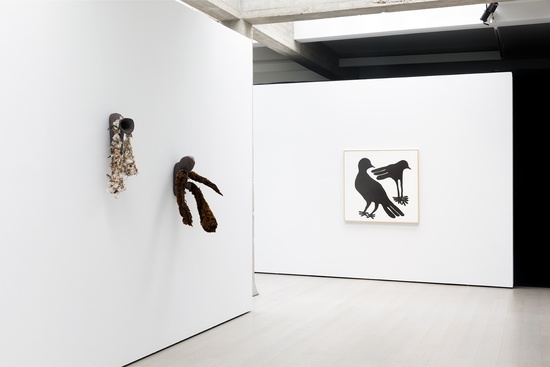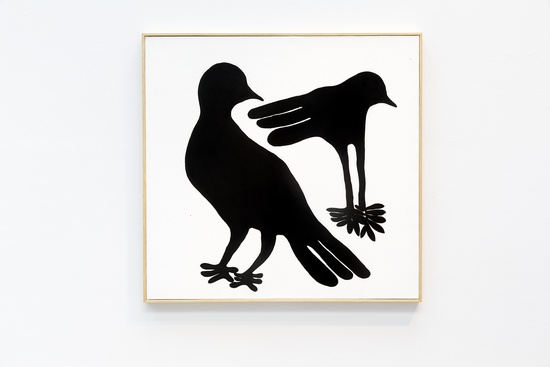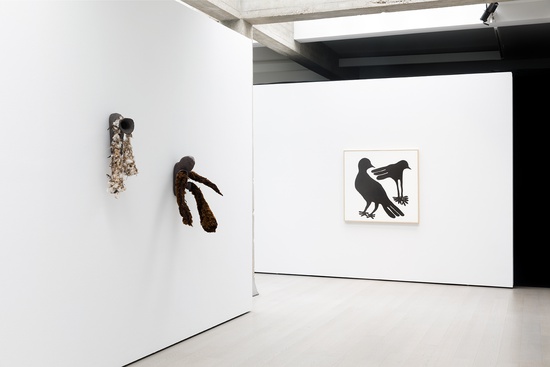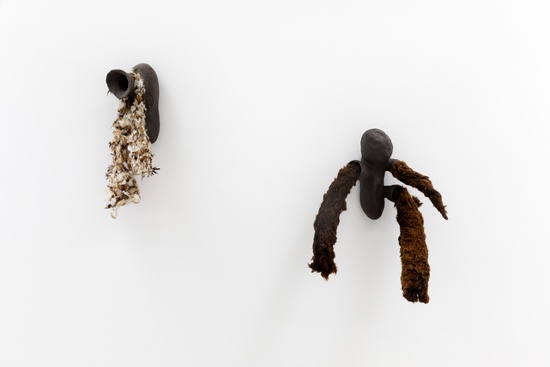Untitled
Solange Pessoa
(2013)
Brazilian artist Solange Pessoa (born 1961 in Ferros, Brazil; lives and works in Belo Horizonte, Brazil) combines post-minimalism with indigenous Brazilian traditions of nature in her work, which features timeless, almost pre-modern imagery that she uses to understand and imagine the world. The colours, shapes and materials she uses are reminiscent of the very earliest cave paintings, and represent man's wild and animal instincts.
In both her work and the artistic process involved, there is a fine line between control, automatic writing and trance, between the conscious and the unconscious. The work also has a strong connection with the Brazilian Baroque tradition, which is strongly embedded in the artist’s sociocultural background.
Her studio is located in a farmhouse in Brazil, surrounded by nature that can be seen, and is used, in all her work. She incorporates minerals, chicken feathers, human hair, leather, beeswax and animal blood into her art.
For the work Untitled, 2013, she uses jenipapo on canvas. Jenipapo is the fruit of the Jenipapeiro, an indigenous tree of tropical America. In Guarani, jenipapo can be translated as “fruit that is used to paint” and it is used by some indigenous groups in South America to paint their bodies. Pessoa extracts this same ink that has been used for generations and applies it to canvas, where its texture can be appreciated at one glance. Yet it seems that the material almost wants to transcend the form that it has been given here. Solange’s painting is fragile, temporary, and like everything else in nature it seems like it refuses to stay in this shape for long. A constant throughout her oeuvre, which does not try to be more than it can be and accepts its place in the natural world.





